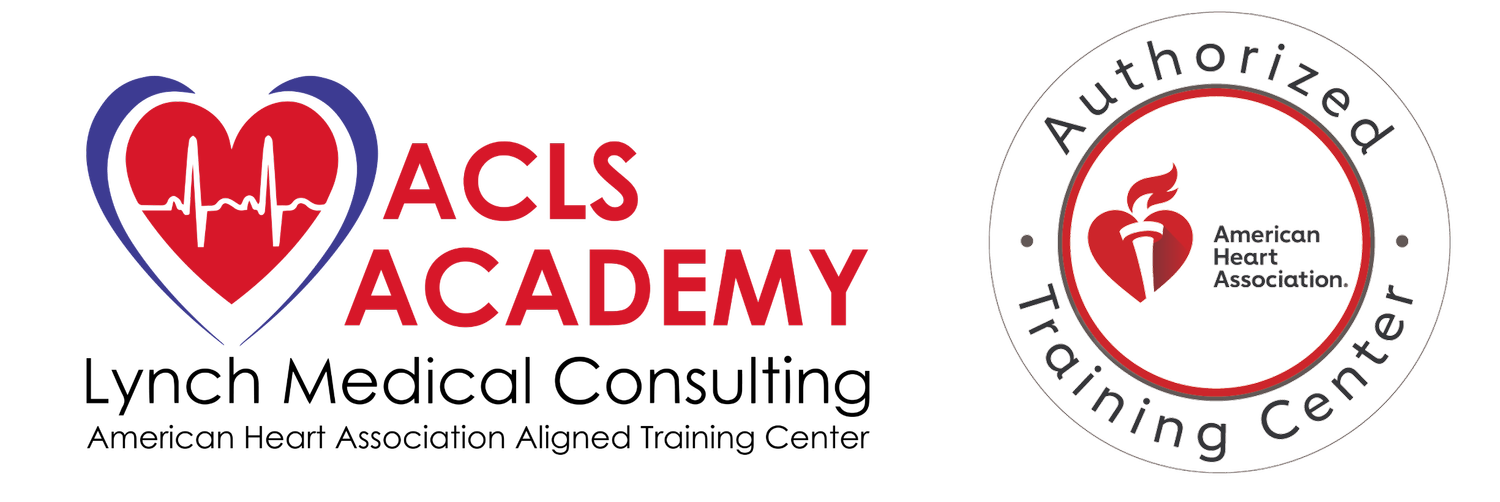Knowing CPR is a Life Skill
Cardiac arrest can strike without warning and being prepared in case of a heart emergency can help save lives, especially when you are at home. If you are not sure if someone's experiencing cardiac arrest or what to do? Keep reading to get tips from our team of providers at ACLS Academy.
The Signs of Cardiac Arrest
Sudden Loss of Responsiveness –
The person does not respond if you tap them hard or loudly ask if they're OK
The person doesn't move, blink, or otherwise react
No Normal Breathing –
The person is not breathing
The patient is unresponsive and gasping for air (called an agonal breath).
What To Do in the Case of Cardiac Arrest at Home
If you think the person is suffering cardiac arrest, be sure to:
Check for response
Call 9-1-1 for help - If you have access to an AED machine, have someone bring it to you.
Check for no breathing or only gasping - If the person is not breathing or is only gasping, begin CPR with compressions.
Begin CPR - Push down two inches in the center of the chest at a rate of 100-120 pushes a minute and allow the chest to come back up to its normal position after each push.
AED - If there's an AED accessible, turn it on and follow the prompts.
Continue with CPR - Administer CPR until the person starts to breathe and move or until help arrives.
If you are not a medical professional and want to be prepared in an emergency, learn more about our Heartsaver course (for non-healthcare providers), which goes over CPR and the AED for the adult, child, and infant. You can also add basic first aid for additional learning!
Knowing how to perform CPR, use an AED, and provide first aid is a LIFE SKILL everyone should learn how to do!

